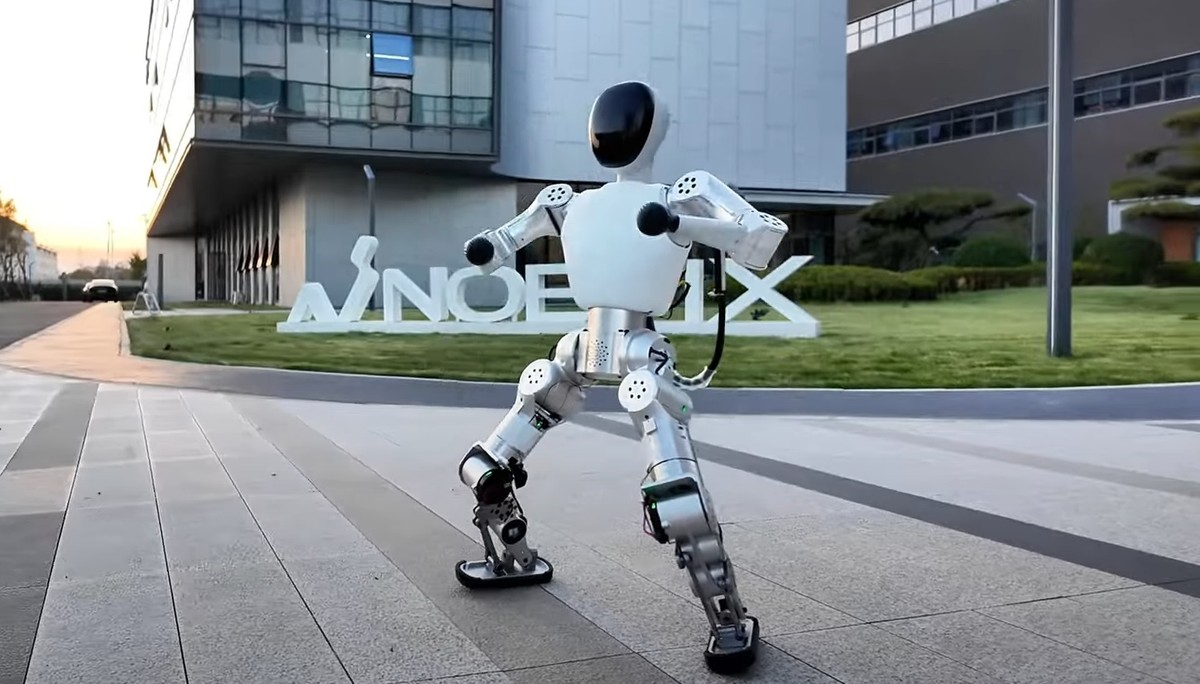Behold the World's Cheapest Humanoid Robot: Noetix’s Bumi at $1,370
Behold the world's cheapest humanoid robot: Noetix's Bumi, priced at just $1,370. The unit stands a little over one meter tall and weighs about 12 kilograms. It can walk with confidence, maintain balance, and even dance, showing smooth, controlled movements. The promise: a compact helper that doubles as an accessible educational tool with built-in graphical programming and voice interaction.

In This Article:
A Tiny, Agile Helper: Specs That Surprise
Bumi stands just over one meter tall and weighs roughly 12 kilograms. It can walk confidently, maintain balance, and even dance, demonstrating smooth, controlled movements. Beyond motion, the robot doubles as an educational platform thanks to built-in graphical programming support and voice interaction, inviting students and hobbyists to experiment and learn robotics hands-on.

Material Design to Slash Costs Without Sacrificing Function
Noetix used lightweight composite materials to lower production costs while preserving functionality and reliability. This design choice keeps the robot accessible to more people without compromising safety or performance.

Opening the Door to Affordable Robotics: Noetix's Market Ambition
Noetix aims to expand the consumer humanoid robot market and make future technologies accessible to a broad audience. The company plans to compete not only with larger players like Unitree, whose models run around $6,000, but also to offer unique opportunities for students, schoolchildren, and robotics enthusiasts.

A Cultural Moment: When Robotics Becomes Everyday
This move signals a shift toward more affordable educational robotics, potentially accelerating learning and innovation beyond elite institutions. As Noetix pushes toward broader access, questions about reliability, safety, and long-term impact rise with the expanding market.

